What Does Cornstarch Taste Like? Find Out This Kitchen Staple’s Flavor
Cornstarch often puzzles home cooks and culinary enthusiasts with its unique properties in cooking and baking.
This fine, powdery substance looks innocent enough sitting in your pantry, but its role in recipes can be surprisingly complex.
Bland and neutral by nature, cornstarch serves as a powerful thickening agent in numerous dishes across different cuisines.
Its texture feels smooth and silky when touched, creating intrigue about its potential in your kitchen adventures.
Professional chefs and home cooks alike appreciate cornstarch for transforming sauces, gravies, and desserts with remarkable skill.
Understanding its characteristics can elevate your cooking techniques and help you create more refined, professional-looking meals.
Uncover the secrets behind this versatile ingredient and transform your culinary experience.
Cornstarch: A Kitchen Hero
Cornstarch holds secrets many people overlook. Learning about this simple white powder can change how you cook and understand kitchen basics.
Cornstarch Explained
Cornstarch comes from corn kernels and is sometimes called maize starch. People often mix it up with cornflour, which is another product made from corn.
Cornstarch differs from corn flour because it uses only the kernel's endosperms, known as the most nutrient-rich part. Makers separate these endosperms through wet milling.
Workers then dry and grind them into a fine powder.
Cornstarch entered kitchens during the 19th century and became a staple for many households.
Its many uses helped it spread globally, with North America and Asia leading both production and consumption.
Reasons For Eating Cornstarch
Cornstarch serves as a key ingredient for making dishes thicker. Cooks use it to add density in chili sauce, baked beans, and countless other recipes.
People consume cornstarch both on purpose and by accident.
Cornstarch works well for individuals seeking lower-calorie and lower-carb meal options.
Many people ask about gluten in cornstarch. Pure cornstarch contains zero gluten.
You can substitute it for powdered sugar or other ingredients. Pure cornstarch becomes an excellent selection for anyone planning a gluten-free menu.
Cornstarch Taste and Feel
Cornstarch carries a unique taste profile that might surprise many people. Curious about its flavor characteristics?
Details follow in this section!
Cornstarch Tastes Like A Thickener
Cornstarch doesn’t really have a taste of its own.
It’s very plain, just like regular flour, with almost no flavor at all.
Even though it comes from corn, it doesn’t taste like corn or have any sweetness.
That’s why it works so well to thicken soups, sauces, or desserts, you won’t notice it’s there once it’s mixed in right.
Some people say cornstarch has a faint, starchy taste or a mild sweetness, but most won’t notice much flavor.
Cornstarch and potato starch are often compared, but both are pretty neutral and bland.
There’s no real difference in taste; it’s more about the texture and how they thicken your food, not about the flavor.
Smooth And Creamy Texture
Cornstarch feels different based on how you use it. Raw cornstarch has a super smooth and silky feel just like powdered sugar.
Compared to wheat or rice flours, cornstarch feels much thicker and heavier. Unlike flour, cornstarch doesn't create a strong feeling in your mouth because it has fewer gluten proteins.
Water changes cornstarch's texture completely. When mixed with liquid, cornstarch becomes moist and creamy.
It adds a jelly-like quality to dishes. More cornstarch means a stronger jelly-like consistency.
Cornstarch Is More Fun Than You Think
Cornstarch does more than just thicken soups. People might not realize this simple powder has many helpful uses beyond kitchen tasks!
Cornstarch Uses In Cooking
Cornstarch packs more power in kitchens than most people realize. Cooks use this white powder for much more than making sauces thick.
Here are smart ways cornstarch works magic in cooking:
Professionals know cornstarch works like kitchen chemistry. Small amounts change how food looks and feels.
When mixed with cold water before adding to hot dishes, cornstarch prevents clumping. Chefs use it to make silky smooth sauces and protect delicate proteins during cooking.
Some secret cooking tricks rely on cornstarch. Meats get crisp exterior when coated lightly before frying.
Stir-fries look glossy and smooth with just a little sprinkle. Dessert fillings hold perfect shape without running all over plates.
People can use cornstarch in many unexpected ways. Home cooks learn tricks that make dishes look professional.
Baking, frying, and sauce making become easier with this simple white powder.
Used To Thicken Foods
Cornstarch works magic in kitchens everywhere. People rely on this white powder to make food feel richer and more filling.
Its special power helps turn runny sauces into thick mixtures. Chefs use cornstarch to change soups, stews, yogurt, cheese, and custard into smoother, heartier dishes.
Makes Foods Crunchy Outside
Cornstarch helps make chicken nuggets super crispy and deliciously golden brown. Home cooks can use this simple ingredient to boost the crunch on their favorite chicken dishes.
Stops Food From Clumping
Packaged shredded cheese usually comes with a light coating of cornstarch. This powdery layer helps keep cheese separate and stops it from sticking together or becoming mushy.
Used Instead Of Other Flours
Cornstarch offers more than just thickening power in cooking. Chefs and home cooks can easily swap cornstarch for other flour types when needed.
Rice flour, arrowroot flour, tapioca starch, and potato starch all have similar qualities to cornstarch when used in recipes.
Cornstarch In Medicine
Medical experts use cornstarch in many helpful ways:
Doctors rely on cornstarch for specific health needs. Small amounts help people with glycogen storage disease control blood sugar levels.
Patients with this condition struggle to break down sugar normally, so cornstarch provides steady energy throughout their day.
Cornstarch works well for people needing special diets.
Individuals with gluten sensitivity find it safe as a thickening agent in foods. Medical professionals recommend it as a gentle alternative to wheat-based products.
Wound care teams use cornstarch in unique treatments. Hospitals apply it to help dry out skin rashes or reduce moisture-related skin problems.
Its powder form helps protect sensitive skin from irritation and friction.
Researchers continue studying cornstarch's medical benefits.
Scientists explore its potential in creating medical-grade bandages and healing materials. Labs test how cornstarch might support better wound healing processes.
Nutritionists appreciate cornstarch for specific patient needs. People with digestive challenges can use it to help stabilize meal plans.
Doctors sometimes suggest it as a way to manage complex dietary requirements.
Pharmacists include cornstarch in many medication formulations.
Pills and medical tablets often use cornstarch as a binding ingredient. Its neutral properties make it perfect for creating consistent medicine structures.
Medical professionals see cornstarch as more than just a kitchen ingredient. Its versatile nature helps patients in many unexpected ways.
Research continues to uncover new potential uses for this simple white powder.
Used For Medical Equipment
Cornstarch serves multiple practical purposes beyond cooking. Medical professionals rely on this powdery substance to help prevent friction and sticking during surgical procedures.
People might be surprised to learn cornstarch helps create smoother interactions when making medical tools like gloves. Scientists also use cornstarch in creating other personal health items such as condoms and diaphragms, where reducing friction matters significantly.
Used In Medical Treatments
People struggling with blood sugar challenges often find cornstarch helpful. Medical experts suggest this powder can support glucose control for those managing glycogen storage issues.
Doctors recommend cornstarch as a safe option for young children starting at six months old to help stabilize sugar levels in their bodies.
More Ways To Use Cornstarch
Once you learn about cornstarch, you'll see how many cool ways it can help you.
Cornstarch works magic in different areas like:
Surprising Health Facts About Cornstarch
Here's research about cornstarch's health details. Some studies show small benefits for this common kitchen ingredient.
More scientific work can help people understand cornstarch's role in nutrition and health.
Helps People With Low Blood Sugar
Researchers in a 2014 study discovered cornstarch plays a key role in blood sugar control. Cornstarch works like a storage space for glucose, which helps stop blood sugar from falling too low during nighttime hours.
Good For People With Swallowing Issues
Cornstarch works well as a thickener for people who struggle with swallowing problems.
Thickened liquids made from cornstarch can help control how food moves through the mouth, making it easier and safer to drink or eat.
More Health Benefits Of Cornstarch
Cornstarch helps people with hypoglycemia and swallowing problems. It provides several health perks beyond these main benefits.
This powder works well for stomach issues like gastric dumping syndrome. People can use it to treat bug bites and calm skin irritations.
Cornstarch offers more healing properties for body care. It works magic for hair health and stops heat rashes under breasts.
People suffering from athlete's foot find relief from itching, stinging, and burning sensations.
Hair care becomes easier with this simple powder.
Secrets of cornstarch might surprise you.
Store Cornstarch Like a Pro
Cornstarch seems like it might last forever according to some people. However, this claim isn't completely straightforward.
No definite answers exist about its true shelf life. Knowing smart storage methods can help keep cornstarch in good condition.
Store In Airtight Containers
Bugs stay away when you quickly move cornstarch from store packaging to sealed containers. No airtight jar on hand?
Plastic sealed bags work just as well for keeping cornstarch safe and dry.
Storing tip: Keep cornstarch in its original jar if it came packaged that way already.
Keep Cornstarch Away From Moisture
Keep cornstarch completely dry. Moisture damages cornstarch quickly, causing spoilage and mold growth.
Store cornstarch in a jar with a tight lid. Open the jar only when you need to use it.
Store Cornstarch In Cool, Dark Spots
Storing cornstarch requires careful attention to keep it fresh and usable. Choose a dark and cool spot in your kitchen pantry to preserve its quality.
Cover the container with a dark towel for extra protection.
Avoid placing cornstarch near heat sources like the stove or in direct sunlight.
These areas can damage the powder's texture and effectiveness.
Kitchen experts warn against storing cornstarch in the freezer.
Cold spaces increase moisture exposure, which can harm the cornstarch's consistency.
Creating homemade cornstarch lets you control its storage and quality.
Simple steps help maintain its usefulness in your cooking and baking.
Cooking With Cornstarch Smartly
Cornstarch works simply as a thickening helper in cooking. People often think they can sprinkle it straight into warm dishes.
Careful steps matter for best results. Learning proper techniques helps cooks use cornstarch successfully.
Some key points will make your cooking smoother and prevent clumpy mistakes.
Mix With Cold Water First
People once dumped cornstarch straight into bubbling soup pots. Adding cornstarch to hot water creates problems for soup quality.
Cornstarch poured directly into boiling liquid forms lumpy, grainy clusters.
Sometimes these clusters harden into small tough chunks, which ruins soup's smooth texture.
Pour Slurry Into Hot Soup
Cornstarch sits quietly in cold water without doing much. Mixing cornstarch with cold water won't make anything thick.
Cold water stops cornstarch from working its magic.
Start by adding the cornstarch mixture slowly into simmering soup.
Keep soup heat near 200F for best results. Stir soup nonstop while mixing to help it thicken smoothly.
Stir Well For Best Results
Mixing cornstarch with water requires careful attention to avoid lumps in your dishes. Smooth stirring helps cornstarch work well as a thickening helper for sauces and soups.
Clumpy cornstarch won't give you the right results when cooking. Small kitchen tools like an electric mixer can help when working with bigger amounts of cornstarch.
Warning: Stop stirring once the cornstarch starts to thicken. Continued mixing breaks down the starch molecules and makes your sauce thin again.
Acidic Liquids Don’t Thicken With Cornstarch
Cornstarch struggles in dishes with lots of acid. Lemon juice or vinegar can stop cornstarch from doing its job of making foods thicker.
Sauces and soups with cornstarch might end up weird. You won't see any change in texture, and the result tastes bad.
Cornstarch Swaps That Work
Cornstarch missing from store shelves? No problem.
Key substitutes will save your cooking and baking plans. These alternatives perform just like cornstarch in most recipes.
All-Purpose Flour
Flour works best when you need something to thicken sauces or soups. People often pick this choice since it helps mix ingredients smoothly.
When replacing cornstarch, use twice as much flour because its thickening strength is half as strong. Mixing flour carefully helps create smooth, rich textures in many dishes.
Wheat-Based Flour
Wheat flour works great as a cornstarch replacement in many recipes. People can swap cornstarch with wheat flour by using two tablespoons of wheat flour for every one tablespoon of cornstarch needed.
Rice Flour
Rice flour shows up often in Asian cooking. Cooks like it for many reasons.
People use this flour to help thicken sauces, though it does not work as well as cornstarch. When you want to thicken something, you will need to use twice as much rice flour compared to regular flour.
Arrowroot Flour
People with celiac disease can safely use arrowroot flour because it contains no gluten. Arrowroot flour provides extra fiber and calcium compared to other flours.
You should use double the amount of cornstarch when substituting arrowroot flour in recipes.
Potato Starch
Potato starch offers amazing benefits for cooking. Its neutral flavor means you won't change how your dish tastes.
Potato starch also works well for people avoiding gluten since it comes from potatoes, not grains.
Some key differences exist between potato starch and cornstarch.
Cooks should pay attention when swapping these ingredients. Matching the exact amount helps ensure good cooking results.
Tapioca Starch
Tapioca starch comes from cassava roots, which people in Africa eat often. Cooks in Asia frequently use this starch to make sauces thicker.
When recipes call for cornstarch, you should swap 1 tablespoon of cornstarch with 2 tablespoons of tapioca starch.
Sorghum Flour
Sorghum flour comes from ground sorghum grains. People in Pacific Island kitchens use it to make soups and stews thicker.
Making the right texture might take some practice.
Must-Try Recipes Using Cornstarch
Cornstarch opens doors to tasty dishes I really enjoy. You will adore these recipes just like I do!
Vanilla-Flavored Pudding
You can make a tasty dessert with just a few basic items. Mix cornstarch with salt and sugar.
Next, add milk and vanilla extract to complete the flavor. Simple stuff, right?
Notes:
Quick vanilla pudding with cornstarch is coming right up!
Pie Sweetened With Honey
Sweet honey pie brings comfort beside a window where street scenes bustle outside. Chilly winter winds pause quietly.
Warm, creamy sweetness fills each delightful bite of this special dessert.
Preparing this pie requires patience and careful steps.
Lengthy cooking time pays off with rich flavors that reward every moment spent in making it.
Classic Fried Chicken Recipe
You know deep down this dish is a cornstarch classic.
Cornstarch makes magic happen by creating a super crispy golden-brown outside that shifts the whole taste.
Most home cooks have special recipes, and everyone agrees cornstarch delivers the most amazing coating!
Cornstarch Taste and FAQs Decoded
1. Does cornstarch have any flavor?
Cornstarch has almost no taste. It’s very plain and is used mostly for its ability to thicken sauces and soups, not for flavor.
2. Can eating cornstarch be bad for you?
Eating a small amount of cornstarch in recipes is safe for most people. But eating too much on its own can be unhealthy and may raise your blood sugar.
3. Is cornstarch or flour better for thickening?
Cornstarch is stronger than flour when it comes to thickening. You only need a little cornstarch to get a nice, smooth texture in your sauces or puddings.
4. Which is better for frying: cornstarch or flour?
Cornstarch gives fried foods a crispier and lighter crust than flour. If you want extra crunch, try using cornstarch for frying.
5. Does cornstarch make you gain weight?
Cornstarch itself doesn’t make you gain weight unless you eat a lot of it. Like all foods, it’s best enjoyed in moderation as part of a balanced diet.
6. Does cornstarch taste like baby powder?
No, even though some baby powders contain cornstarch, their taste is not the same. Cornstarch is plain, while baby powder often has added perfume or other ingredients.
7. What’s the difference between cornstarch and corn syrup?
Corn syrup is made from cornstarch but tastes sweet and has a syrupy texture. Cornstarch is a powder used to thicken foods, while corn syrup is used to sweeten recipes.
8. How should I store cornstarch at home?
Keep cornstarch in an airtight container in a cool, dry place. This way, it stays fresh and lump-free for a long time.
Cornstarch Works Like Kitchen Magic
Magic sparkles in small moments, hidden in everyday things. Kids understand this truth while adults often miss it. Cornstarch proves such wonder exists. Without great taste, this powder performs incredible tricks humans cannot.
Smart home cooks keep cornstarch nearby. Shopping for this ingredient makes sense right now. Kitchen magic happens with this simple white powder. People can use cornstarch however they want. Such versatility makes it special in cooking.
Reading helps people learn new skills. My hope centers on sharing helpful information with you. Kindness matters when knowledge spreads. Sharing this post with friends could make someone's day brighter. I deeply appreciate your time and attention.
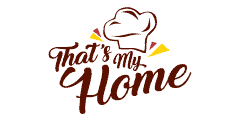
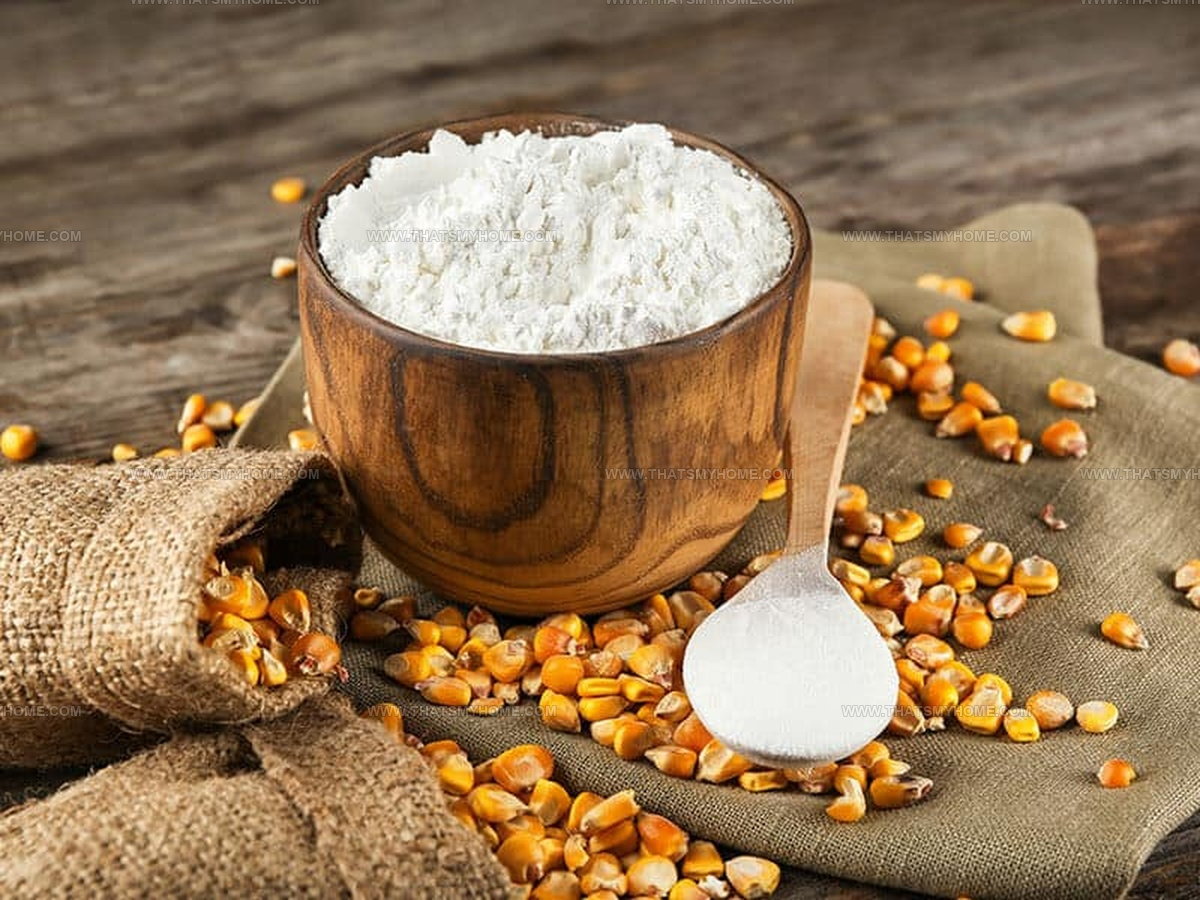
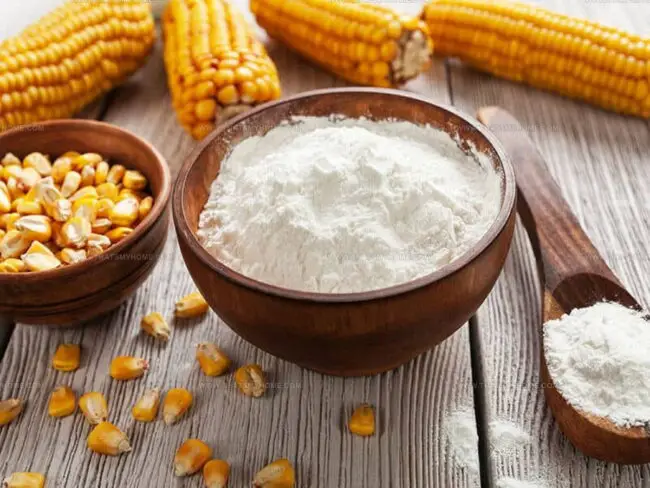
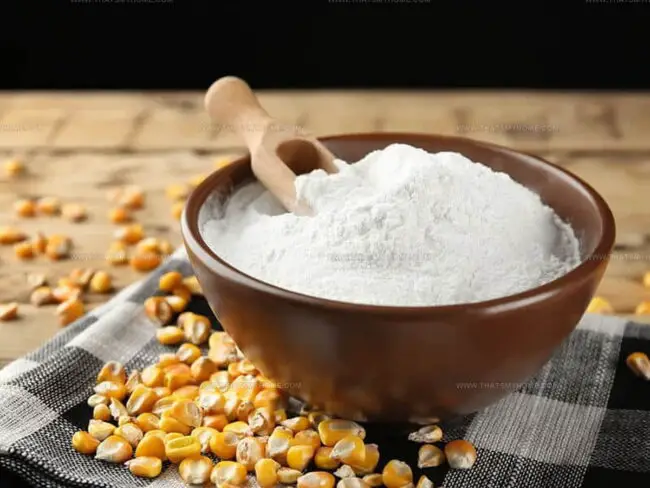
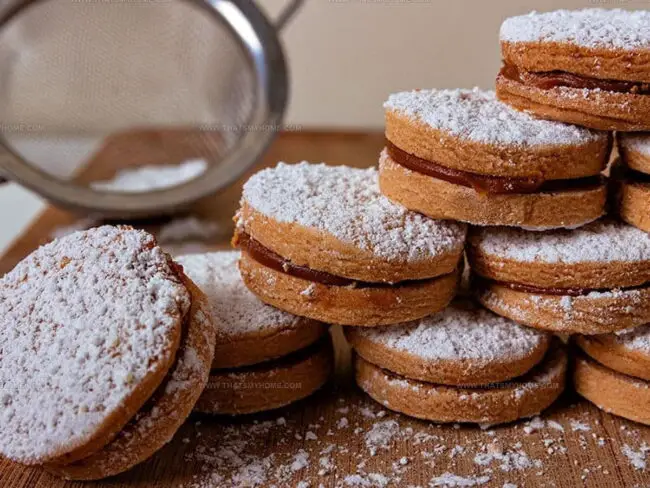
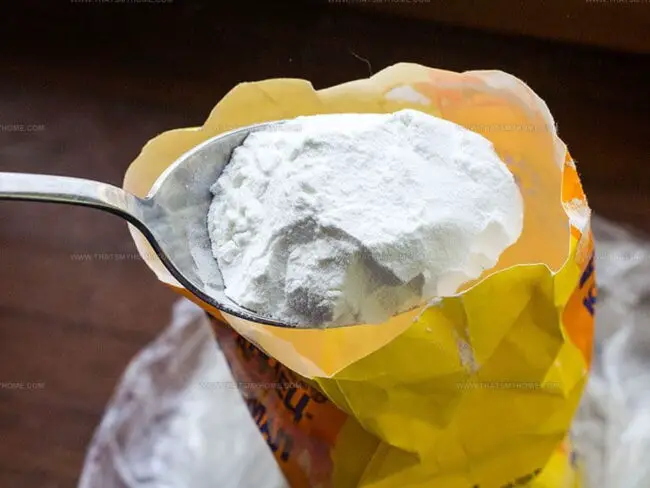

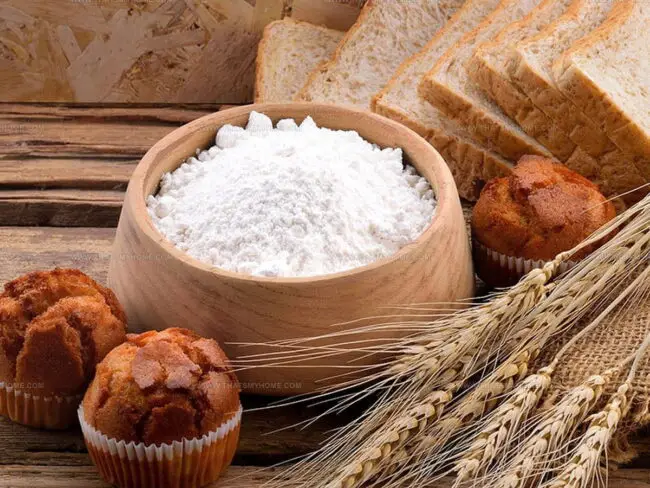
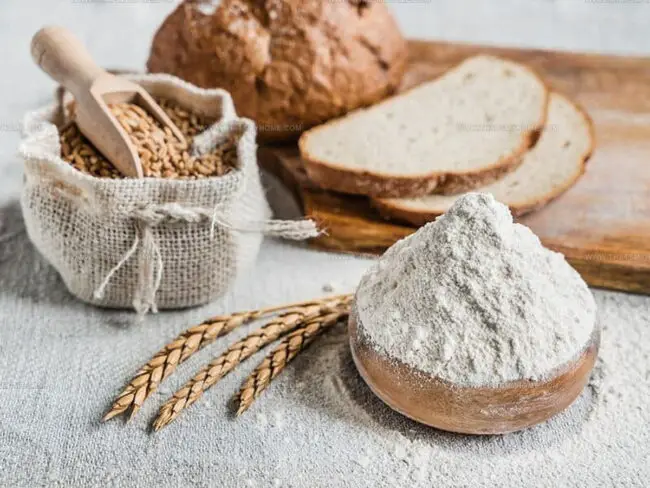
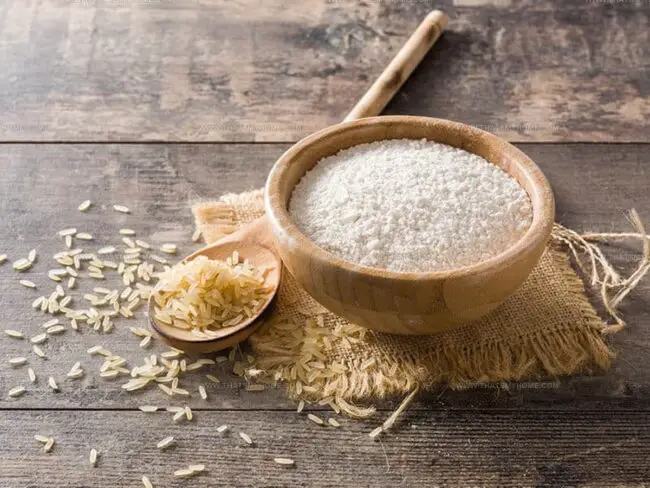
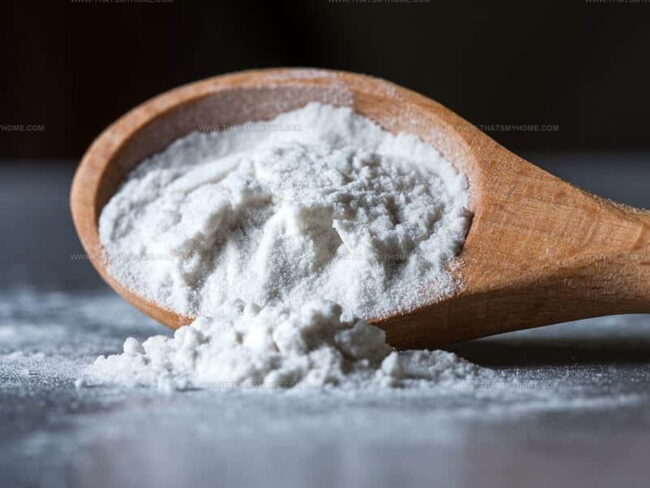
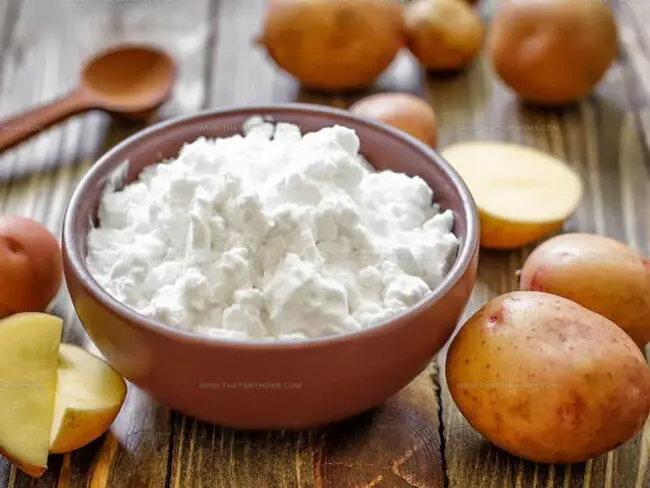
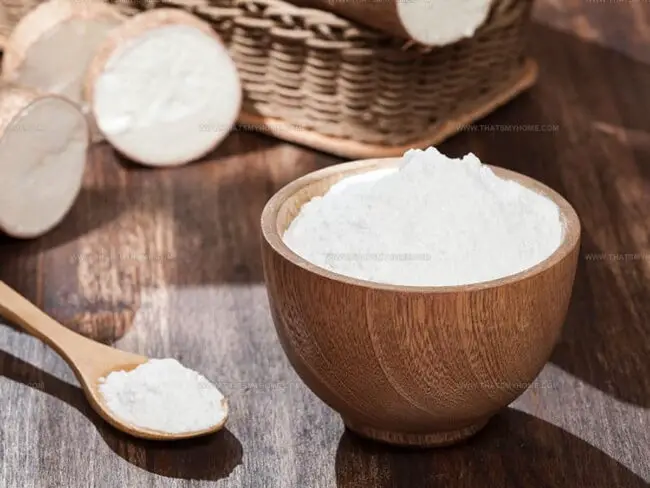
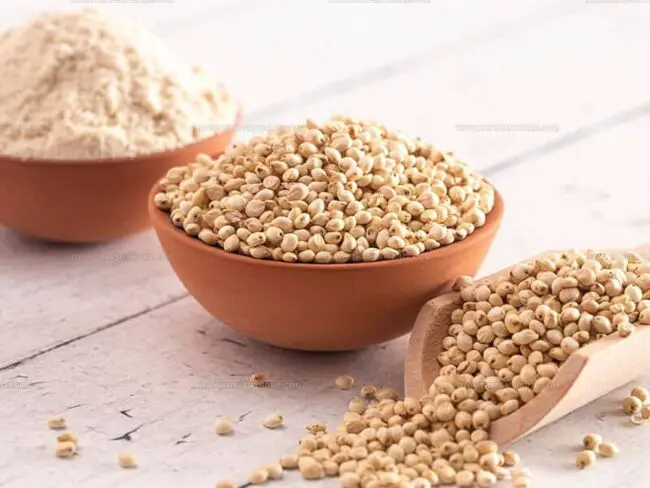
Michael Rivera
Co-Founder & Culinary Instructor
Expertise
Education
The French Culinary Institute (now part of the International Culinary Center)
Michael Rivera is a seasoned chef and culinary instructor based in San Francisco, CA. Trained in Classic Culinary Arts at The French Culinary Institute, he refined his skills in Michelin-starred kitchens, mastering classic French techniques and artisanal bread baking.
Passionate about making gourmet methods accessible, Michael co-founded thatsmyhome.com to share his expertise through interactive online lessons and innovative, plant-based recipes. He loves blending traditional techniques with modern ideas, encouraging home cooks to enjoy the art of cooking in a relaxed, fun environment.